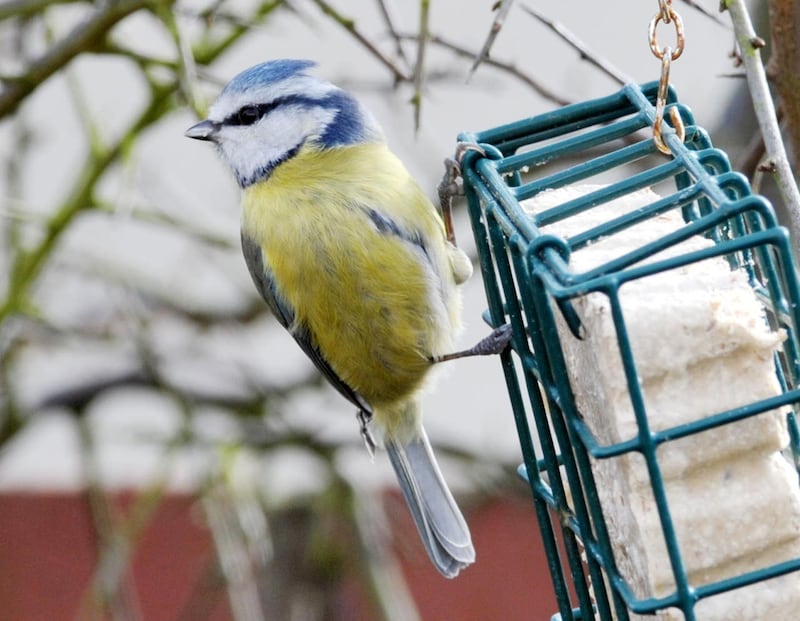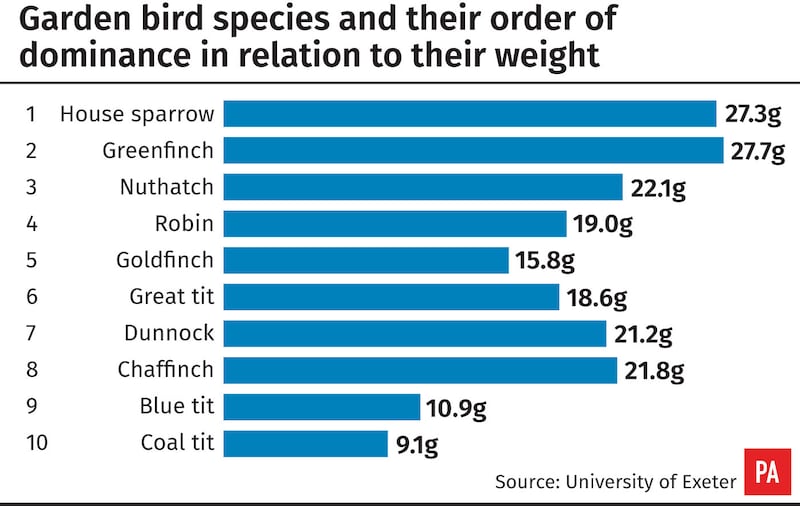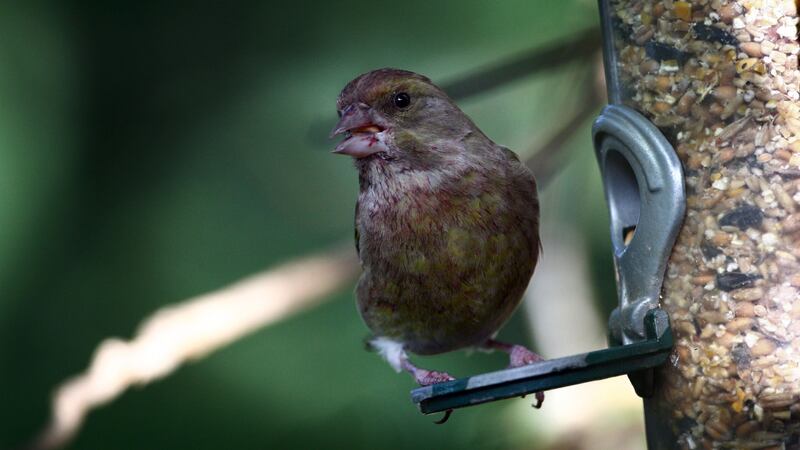Bigger birds are basically bullies and claim a lion’s share of the food in the garden bird feeders, leaving the smaller species only scraps, new research shows.
In a study analysing how garden birds behave when it comes to accessing food left by householders, scientists have found that size and weight matter in their pecking order, with sparrows and greenfinches monopolising the best food.
Meanwhile, more delicate species such as blue tits and coal tits are left with lower quality seeds, findings from the University of Exeter and the British Trust for Ornithology (BTO) show.
Scientists believe this could have “important implications” for using bird feeders as a conservation method, especially if the food is meant to benefit all garden bird species.

Senior study author Professor Jon Blount, of the University of Exeter’s Centre for Ecology and Conservation, said: “Our findings show that larger, heavier species get better access to food – so if the aim of bird feeders is to benefit all species, we need to investigate ways to achieve this, such as different mixes of foods and feeder designs.”
Prof Blount said that while bird feeding has become increasingly popular in the UK, its impacts are still poorly understood.
“Bird feeders create a concentrated food source which can result in more quarrels between individuals of different species, which we predicted would lead to the formation of a dominance hierarchy,” he said.
To understand more about the hierarchy among the garden birds, the researchers monitored them at the university’s Penryn Campus in Cornwall.
The team measured the “dominance ranks” for each species by recording interactions between two individuals which resulted in one – usually the smaller bird – retreating from the food source.

The study found that sunflower hearts – which can be consumed relatively quickly – were monopolised by the bigger birds, while the smaller species were left with sunflower seeds with intact husks – which take longer to open and eat.
The heavier birds were also found to consume their food at a more leisurely pace compared with the smaller ones, who ate quickly to make the most of their limited time at the feeder.
The results do not show the 10 species in exact order of weight, but the researchers say there is “a strong correlation between weight and dominance”.
Dr Kate Plummer, of the BTO and one of the study authors, said: “With more and more people feeding the birds in their gardens, it is more important than ever that we understand any implications this might have for the birds themselves.”
The research is published in the journal PLOS One.








